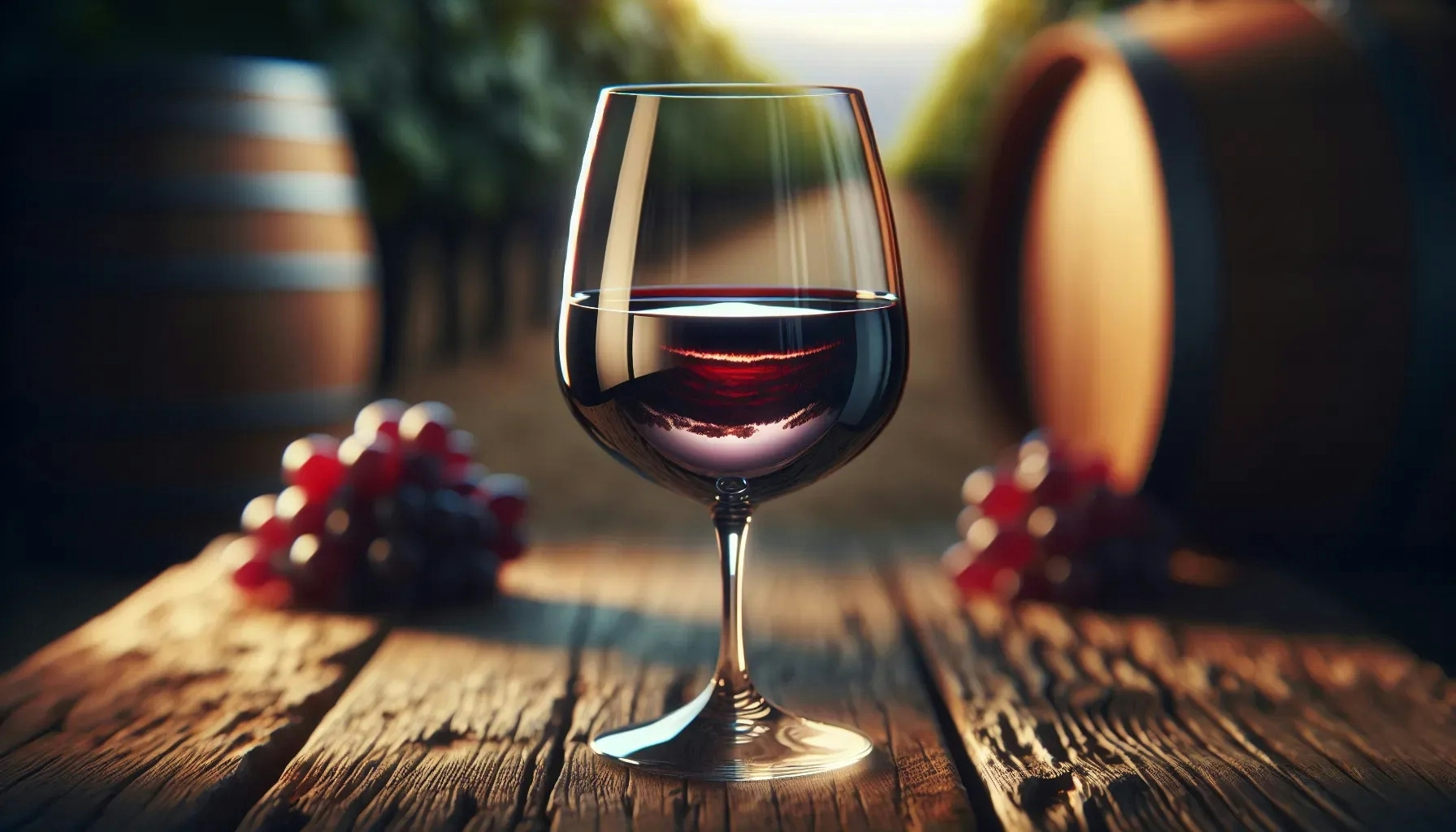Welcome, fellow wine enthusiasts! This comprehensive guide is dedicated to the rich, velvety, and complex world of Merlot. We will delve into the tasting notes that make this wine a favorite among many. Whether you're a seasoned connoisseur or a beginner looking to expand your palate, this guide will enhance your appreciation for Merlot and its unique characteristics.
Understanding Merlot: A Brief Overview
Merlot, one of the most popular red wine varieties, has a fascinating history. Originating from the Bordeaux region of France, it has now found a home in vineyards worldwide. The grape's versatility allows it to thrive in various climates, resulting in a broad spectrum of flavors.
Merlot is often recognized for its soft, sensual texture and approachable style. It's a full-bodied wine, characterized by its high alcohol content and medium levels of tannins. The wine's color ranges from ruby to deep purple, often hinting at the wine's age and origin.
The flavors of Merlot can vary significantly, depending on where the grapes are grown. Cooler climates tend to produce Merlots with flavors of tart fruits, such as cherries and raspberries. In contrast, warmer climates yield Merlots with notes of black cherry, plum, and chocolate.
Decoding Merlot Tasting Notes
Tasting notes are a wine lover's best friend. They provide a roadmap to the wine's character, revealing its origin, grape variety, and the winemaking process. For Merlot, these tasting notes can range from fruit flavors to earthy notes, depending on the wine's origin and age.
Fruit flavors are the most prominent in Merlot. Young Merlots often exhibit notes of black cherry, plum, and blueberry. As the wine ages, these fruit flavors can evolve into more complex notes of fig, prune, and blackberry.
Earthy notes are another key component of Merlot's flavor profile. These can include hints of graphite, wet earth, and tobacco, adding depth and complexity to the wine. The presence of these notes often indicates that the wine has been aged in oak.
The Influence of Terroir on Merlot
Terroir, a French term with no direct English translation, refers to the environmental factors that affect a wine's character. These include the vineyard's climate, soil type, and topography. For Merlot, the influence of terroir is particularly significant.
In cooler climates, such as France's Bordeaux region, Merlot tends to produce wines with higher acidity and more earthy flavors. These wines often have notes of red fruits, such as raspberry and red cherry, along with hints of tobacco and green bell pepper.
In contrast, warmer climates, like California's Napa Valley, yield Merlots with lower acidity and more fruit-forward flavors. These wines often exhibit notes of black fruits, such as black cherry and blackberry, along with hints of chocolate and vanilla.
Pairing Merlot with Food
Merlot's versatility extends beyond its wide range of flavors. It's also a highly adaptable wine when it comes to food pairings. The wine's medium tannins and high alcohol content allow it to stand up to rich, hearty dishes while its fruit-forward flavors can complement lighter fare.
For meat dishes, Merlot pairs well with beef, lamb, and pork. The wine's fruit flavors can balance the richness of these meats, while its tannins can cut through the fat. For vegetarian dishes, Merlot can complement foods with earthy flavors, such as mushrooms and lentils.
Exploring Merlot Styles Around the World
Merlot's global popularity has led to a variety of styles, each reflecting the unique characteristics of its region. From the structured and earthy Merlots of Bordeaux to the lush and fruit-forward Merlots of California, there's a style to suit every palate.
In Italy, Merlot is often blended with other varieties to create wines with more structure and complexity. These wines can exhibit notes of black fruits, leather, and spice. In Australia, Merlot is typically produced in a more fruit-forward style, with flavors of black cherry, plum, and chocolate.
The Art of Tasting Merlot
Tasting Merlot, like any wine, is an art. It involves more than just sipping the wine. It's about observing its color, smelling its aromas, and savoring its flavors.
When tasting Merlot, start by observing the wine's color. Young Merlots will have a deep ruby color, while older Merlots may have a brick-red hue. Next, swirl the wine in your glass to release its aromas. Take a moment to inhale deeply and identify the different scents. Finally, take a sip and let the wine coat your palate. Try to identify the different flavors and notice how they change as the wine lingers in your mouth.
The Joy of Merlot: A Final Toast
Merlot, with its wide range of flavors and styles, offers a world of discovery for wine lovers. Whether you prefer the earthy Merlots of Bordeaux or the fruit-forward Merlots of California, there's a Merlot out there for you. So, grab a bottle, pour yourself a glass, and join us in celebrating the joy of Merlot. Cheers!

